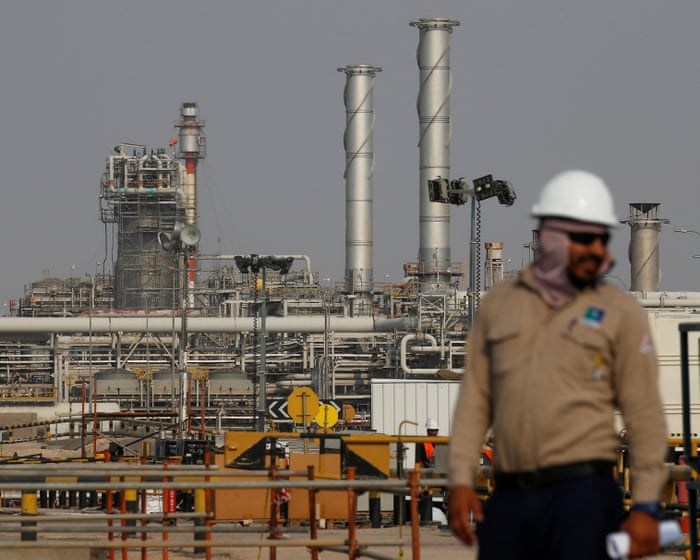Geothermal energy stands as one of America’s most promising clean energy sources, offering round-the-clock renewable power that could help meet the growing energy demands of AI data centers. However, former Department of Energy officials are concerned that the Trump administration is mishandling this opportunity.
Unlike solar and wind power, geothermal enjoys rare bipartisan support. Energy Secretary Chris Wright has praised the technology, calling it “an incredible resource right beneath our feet.” The Trump administration’s One Big Beautiful Bill Act even preserved tax credits for geothermal development.
Yet, the administration’s cuts to Department of Energy staffing, delays in issuing low-interest loans, and new tariffs are creating uncertainty for the industry and investors.
David Turk, who served as Deputy Secretary of Energy under President Biden, warns that the U.S. must act quickly to maintain its advantage over China in geothermal technology. “Anything that hinders our ability to execute—whether it’s staffing shortages or funding issues—is just shooting ourselves in the foot,” Turk said.
The White House and Department of Energy did not respond to questions about how their policies are impacting enhanced geothermal development.
### The Potential of Geothermal
Geothermal energy harnesses heat from the Earth’s crust to produce steam, which drives turbines and generates electricity. While traditional geothermal has been limited to areas with natural hot springs, a breakthrough called “enhanced geothermal” now allows energy production almost anywhere.
Using the same horizontal drilling techniques as fracking, enhanced geothermal taps into deep underground heat sources. “This opens up geothermal energy across the entire country—and the world,” Turk said. “It’s a game-changer.”
Currently, most enhanced geothermal projects are in the western U.S., including a major initiative by Fervo Energy in Utah. But the technology could also work in eastern states.
The U.S. leads in enhanced geothermal thanks to its experience with shale gas drilling over the past 15 years. “We have extensive expertise from oil and gas fracking that gives us an edge,” said Eva Schill, a scientist leading Berkeley Lab’s Geothermal Systems Program.
Still, enhanced geothermal remains in its early stages, producing just 1% of U.S. electricity. Costs must come down to compete with coal and natural gas. However, a study in Nature Reviews suggests it could be cost-competitive by 2030.
### A Solution for AI’s Energy Demands
The U.S. is the world’s second-largest greenhouse gas emitter, and despite declining emissions, it remains off track for its climate goals. The rapid expansion of AI data centers—which require constant power and often rely on fossil fuels—threatens to worsen the problem.
Geothermal could help. A Department of Energy report estimates it could generate 80,000 megawatts of new power—enough to cover all projected AI data center growth for the next decade.
“That’s a massive opportunity,” said Jigar Shah, a clean energy entrepreneur and former Biden administration official. “We have the technology and the tools—now we just need the confidence to scale it up.”
Tech giants like Google and Meta have already begun investing in geothermal to power their operations sustainably. With the right policies, this underground energy source could play a crucial role in America’s clean energy future.How the Trump Administration Is Hindering Geothermal Energy Growth
While geothermal energy gained momentum under Biden-era policies, former Energy Department officials say the Trump administration is failing to provide the stability needed to help this emerging industry thrive.
“The key challenge now is reducing costs and proving viability to investors,” said David Turk, former deputy energy secretary.
“This comes down to confidence,” explained Jigar Shah, who previously ran the Energy Department’s loan programs office. “Do investors believe this administration truly supports these new technologies? Under Secretary Granholm’s leadership, they felt backed. Now, there’s uncertainty.”
During the Biden administration, the loan programs office worked on finalizing low-interest loans for geothermal projects—similar to those that previously helped Tesla and large-scale solar initiatives. However, Shah noted that the Trump administration has yet to approve such a loan for geothermal.
Staff cuts at the Energy Department have also weakened its ability to support geothermal development. Thousands of experts—scientists, engineers, and procurement officers—either took early retirement or were laid off. Reports suggest the loan programs office may face a 50% staff reduction.
“We’ve lost absolutely essential expertise in geothermal and financing,” Turk said. “That raises concerns about our ability to execute effectively.”
Adding to the industry’s challenges are Trump’s steel tariffs, now at 50%, which drive up costs for geothermal companies that rely on steel pipes for drilling. Behind the scenes, companies are “freaking out” about these tariffs, Shah said, but fear speaking out publicly to avoid backlash.
While geothermal projects still benefit from Inflation Reduction Act tax credits—available for projects starting construction by 2033—new restrictions on foreign involvement, particularly from Chinese entities, create additional hurdles. China dominates the rare earth minerals market, which geothermal drill bits depend on, according to an anonymous former Energy Department official.
What the Trump Administration Could Do to Help
Despite these obstacles, the U.S. has strong potential in geothermal energy—if policymakers act wisely. “This is a major opportunity, and we’re well-positioned to lead—if we don’t sabotage ourselves,” the official said.
Turk suggested the government could reduce costs by mapping geothermal resources more extensively, helping companies identify the best drilling locations. Shah emphasized that finalizing a loan would send a powerful signal to investors.
“We have the technology and the tools—like the loan programs office—but now we need to build confidence,” Shah said. “That’s what’s missing.”




